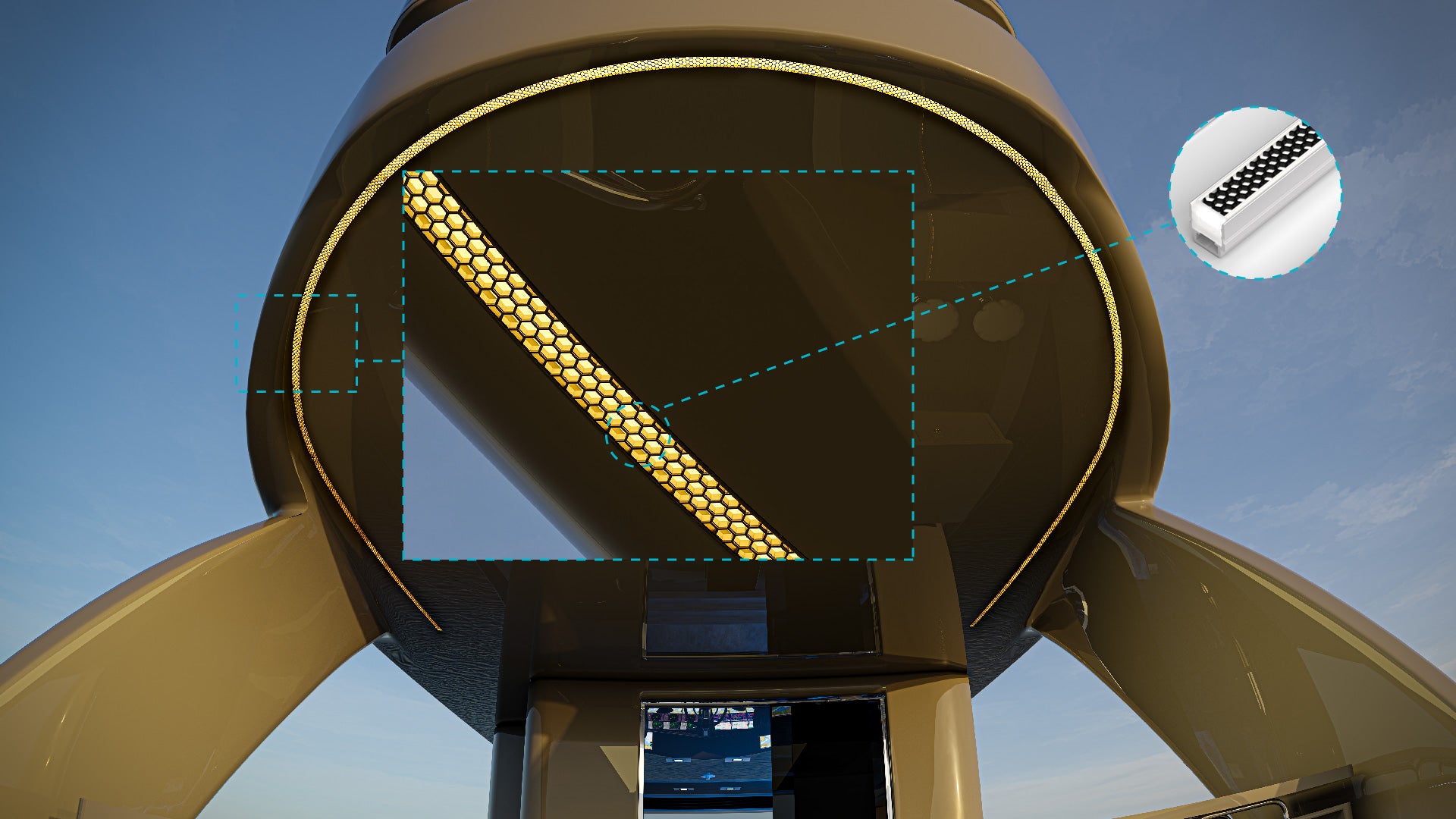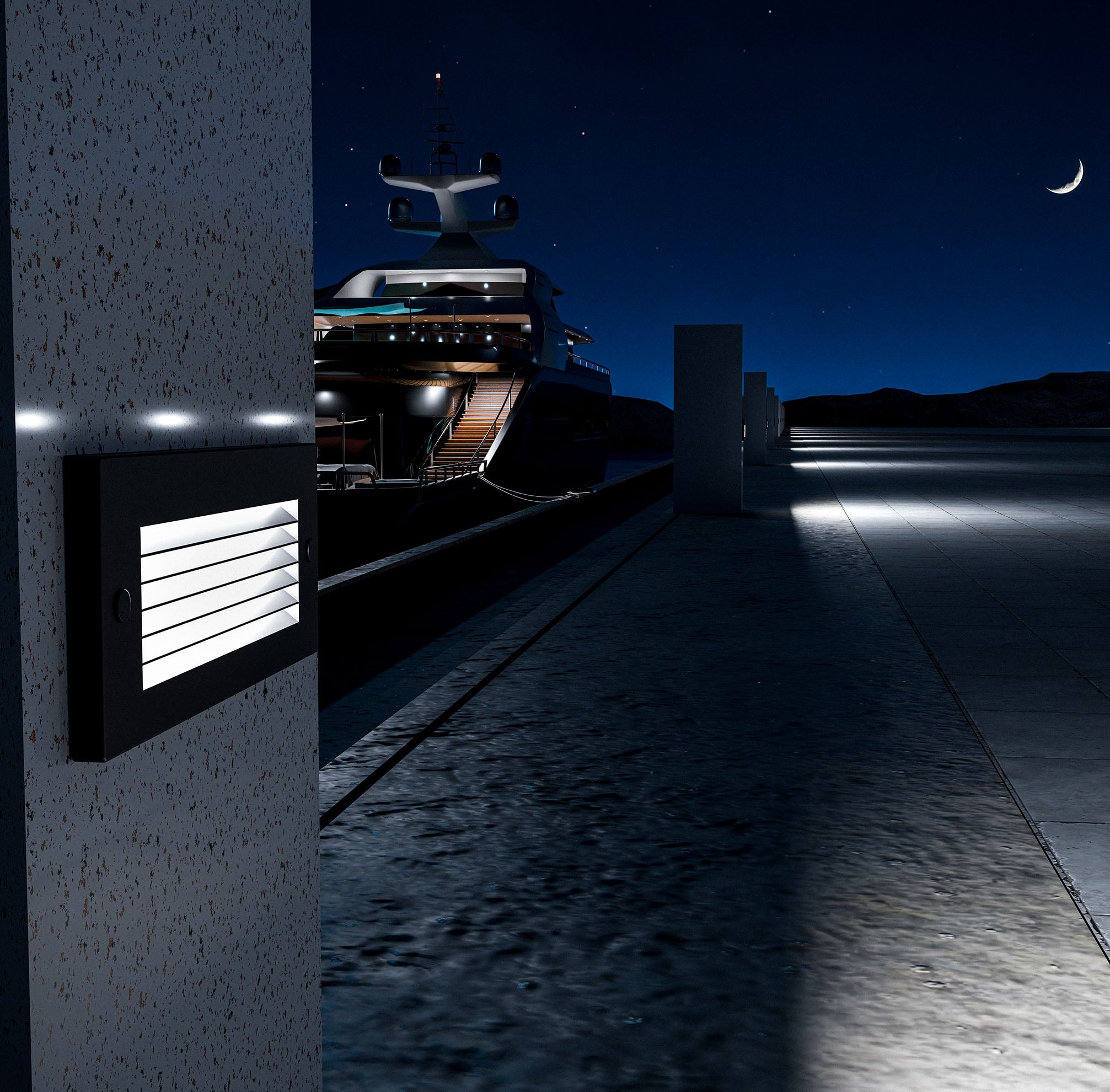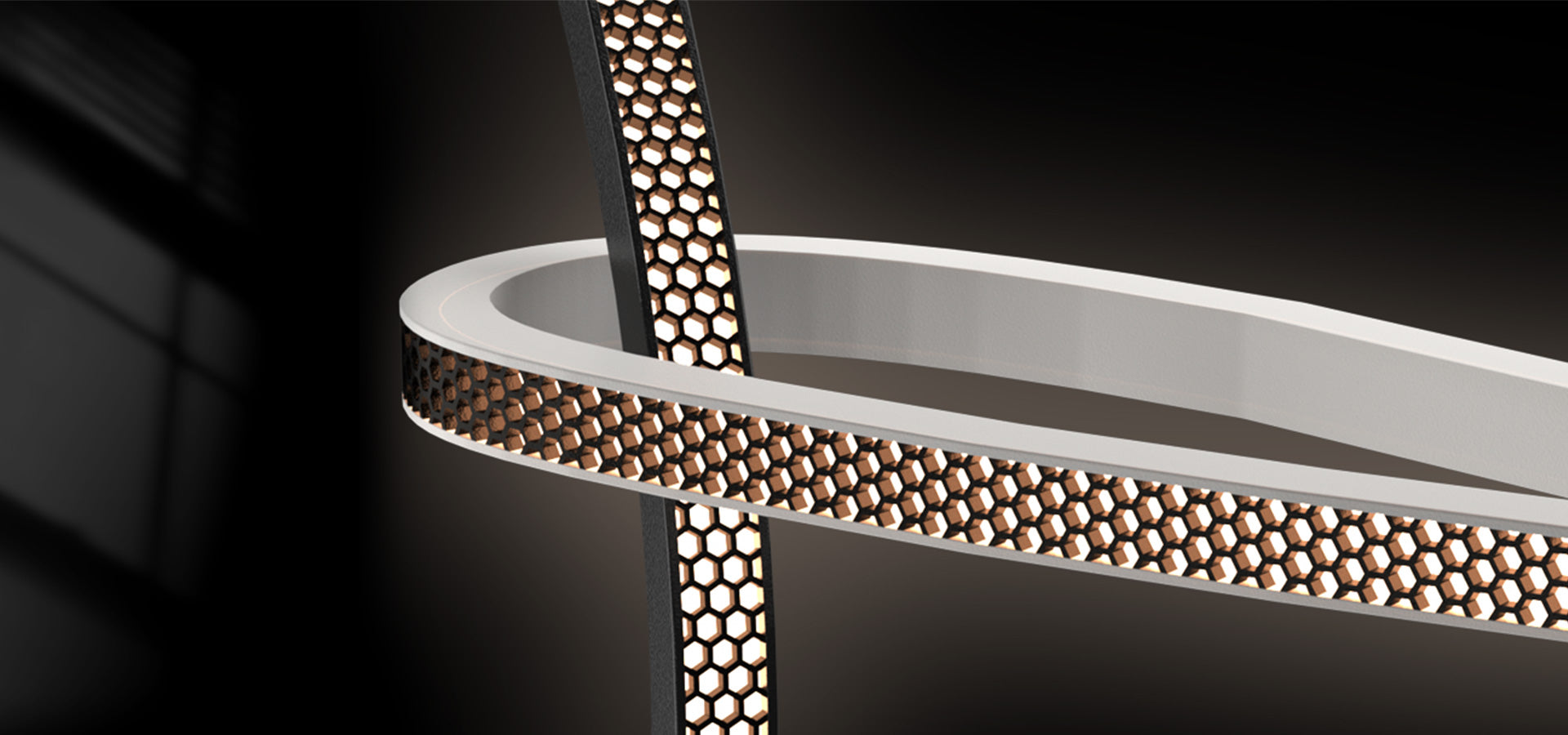What are Running Lights?
Running Lights refer to the lights displayed on a boat when it is underway, meaning it is actively moving or has its engine on, regardless of its actual speed. Running lights are crucial for navigation and safety, as they allow other vessels to see and interpret a boat's direction, position, and type in low-visibility conditions like nighttime, fog, or heavy rain. The setup and requirements for running lights are outlined by maritime regulations to ensure consistency and prevent collisions, making them an essential component of safe boating practices.
How Navigation Lights work
The standard configuration of running lights includes red, green, and white lights. The red light is placed on the port (left) side of the boat, while the green light is on the starboard (right) side. These side lights indicate to other vessels which direction a boat is facing, allowing boaters to determine if another vessel is coming toward them, moving away, or crossing their path. For example, if a boater sees a green light, they know they are looking at the starboard side of another boat, and a red light indicates the port side.
In addition to the red and green side lights, a white stern light is located at the back of the boat, visible only from behind, signaling to others that they are approaching the rear of the vessel. Larger power-driven vessels are also required to display a masthead light in addition to the stern light, which creates a two-light pattern that makes it easier for others to gauge the vessel's orientation and movement. Sailboats under sail alone, without using their engine, may display different running lights or additional configurations to indicate that they are sailing and thus have limited maneuverability.
Context about Navigation Lights
Running lights are often LED-based to maximize brightness and minimize power consumption, especially during long voyages. These lights need to be visible from specific distances (such as 1 or 2 miles, depending on the size of the vessel) to meet regulatory standards. Regular maintenance is essential to keep running lights in working order, as even a single faulty light can cause confusion and increase the risk of accidents on the water. Checking for burnt-out bulbs, cleaning the lenses, and ensuring that lights are correctly mounted and aligned are all part of proper running light maintenance.
In summary, running lights are a vital part of a boat’s safety and communication system. By indicating a vessel’s position and direction, they enable safe navigation and reduce the likelihood of collisions in crowded or low-visibility waters. Adhering to the proper use of running lights not only fulfills legal obligations but also fosters safer conditions for everyone on the water, making running lights a fundamental feature of responsible boating.








